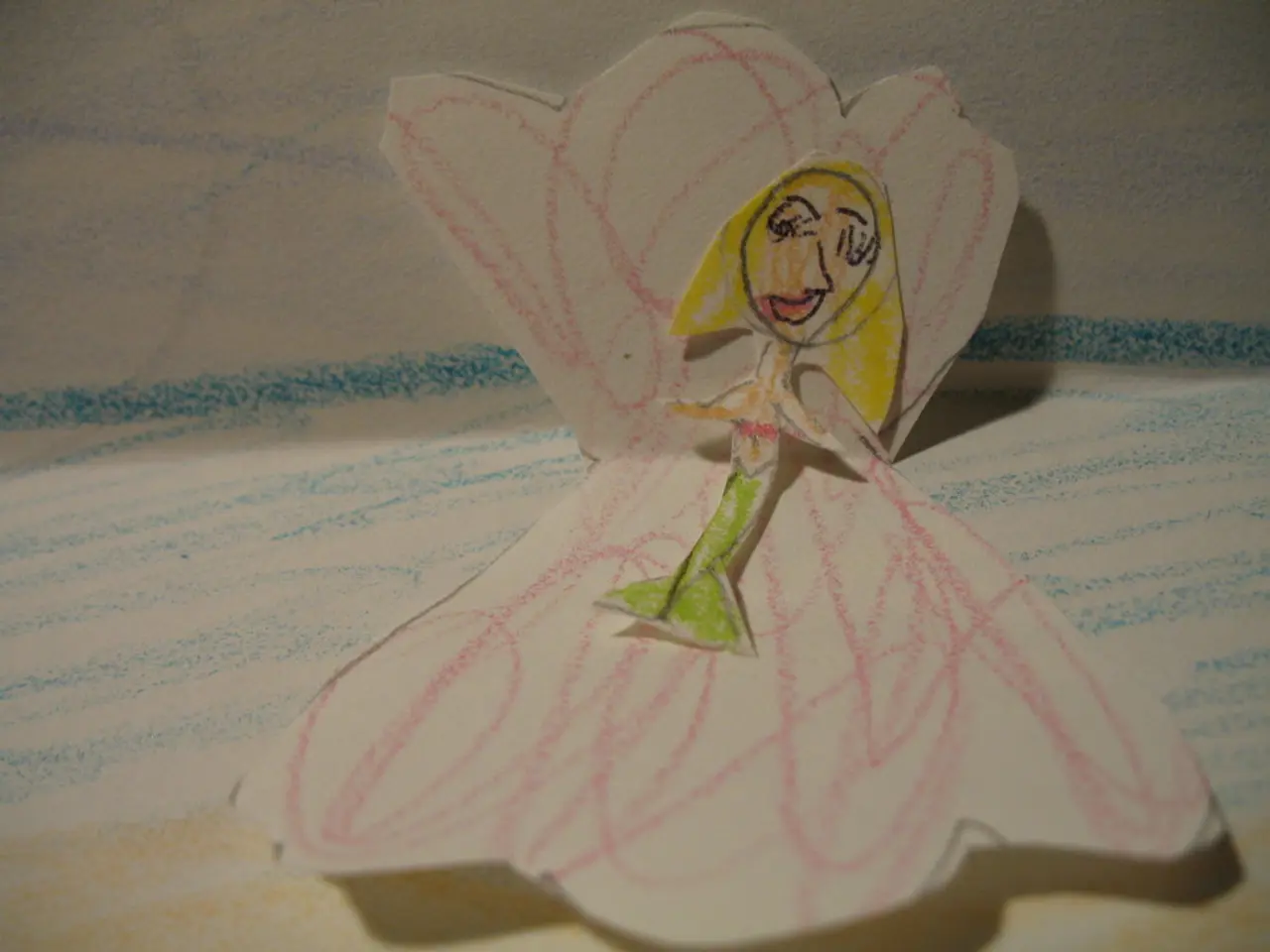Mastering the Art of Pastels: Methods and Tricks for 2025 Approach
In the 16th century, pastel art originated in northern Italy and quickly gained popularity among artists like Jacopo Bassano and Federico Barocci. It wasn't until the 18th century that pastel art truly flourished, particularly in portraiture, with masters such as Rosalba Carriera and Jean-Baptiste Chardin pushing the medium to new heights. The 19th century saw a revival led by Edgar Degas, with artists like Renoir, Toulouse-Lautrec, and Mary Cassatt using pastels extensively.
Pastel art is a versatile medium, suitable for realism, abstraction, or bold expressive creations. There are three main types of pastels: soft, hard, and oil. Soft pastels, known for their vibrant colors and blendability, are ideal for expressive or impressionistic artwork but can be delicate and easily smudged. Hard pastels, containing more binder, are better for fine details and sketching and are often used alongside soft pastels. Oil pastels behave like crayons, offering a creamy look, but are not compatible with traditional pastel types.
To create stunning pastel art, it's essential to choose the right materials and techniques. Beginners should start with a basic set of soft pastels, pastel pencils or hard pastels for initial sketching and details. Use textured or "toothy" paper, designed to hold pastel pigment effectively. Layer colors from light to dark or vice versa, and blend colors with fingers, blending stumps, or soft cloths to achieve smooth transitions. If you want to reduce smudging, use fixative sprays lightly, but sparingly.
Practice is key when learning pastel art. Begin with simple compositions, working from general shapes to details. Take breaks to observe your artwork and refine details and overall composition. Remember to work on a clean surface and consider framing under glass due to the fragility of pastel art and dust.
Some notable pastel works include "The Ray (Still Life)" by Chardin, which captures the beauty of pastels in realistic still-life compositions, and "The Bath" by Mary Cassatt, a moving depiction of maternal intimacy showcasing her talent with subtle color transitions. Rosalba Carriera paved the way for portraiture in pastels, with her refined techniques influencing generations. Odilon Redon infused emotion and mysticism into his pastel works, such as "Ophelia Among the Flowers".
By mastering the balance between layering, blending, and preserving the softness of the pastel pigments, beginners can progress confidently in this vibrant and historical medium. So, grab your pastels, textured paper, and fixative spray, and embark on a creative journey that spans centuries!
Continue your pastel art exploration by experimenting with different types, such as soft pastels for vibrant, expressive creations, and hard pastels for finer details. During your learning journey, learn from masters like Chardin, Degas, Cassatt, Carriera, and Redon, whose works showcase the versatility of pastels in realism, abstraction, and emotive expression. Always ensure proper materials, techniques, and care in preserving your artwork, as education-and-self-development is crucial for mastering this captivating art form.




